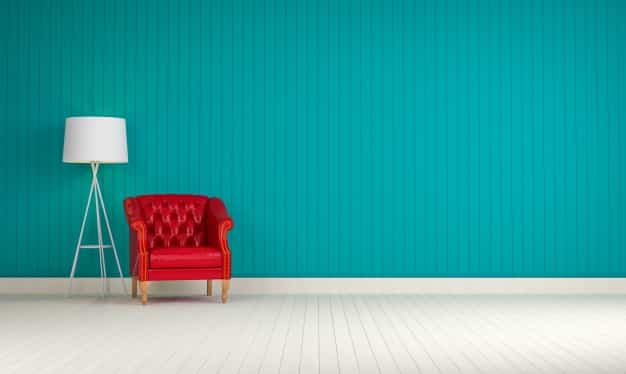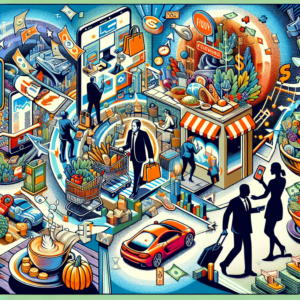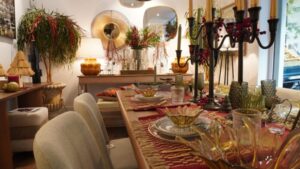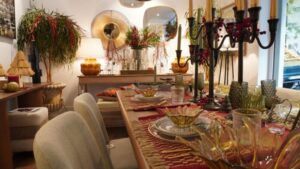Proper lighting not only transforms a space, but also influences people’s mood and productivity. In a world where technology and interior design are advancing rapidly, experts in the field have shared essential tips for optimizing lighting in homes and offices.
Interior architect Laura González emphasizes the importance of using natural light. “It’s crucial to make the most of the resources nature gives us. Keeping windows clear and opting for light colors on walls and ceilings helps to reflect light,” she explains. For those facing a lack of natural light, LED lights emerge as an efficient and versatile option, with various color temperatures that adapt to different environments.
When it comes to light distribution, a multi-level approach is recommended. This involves combining different types of lighting: general, focal, and ambient. “Using multiple sources of light allows you to create varied atmospheres for different occasions,” lighting designer Javier Martínez points out. For example, a floor lamp can offer soft light ideal for reading, while recessed lights in the ceiling provide uniform lighting in the room.
The color of the bulbs is also crucial for setting the desired atmosphere. Bulbs that emit warm light, between 2700K and 3000K, are perfect for spaces where comfort is sought, such as living rooms and bedrooms. On the other hand, environments that require concentration, such as offices, benefit from cooler lights, ranging between 4000K and 5000K, as they simulate daylight and enhance alertness and productivity.
The direction of the light is another aspect to consider. Experts recommend directing it strategically to avoid glare and uncomfortable shadows. “Light must establish a balance; it is crucial to avoid excessively illuminated areas or, conversely, dimly lit areas,” Martínez highlights. The incorporation of shades and diffusers can soften the light and disperse it evenly in the space.
Dimmer controls also play an important role in creating a comfortable and adaptable environment. Light dimmers allow you to adjust the brightness according to the time of day and specific activities, adding versatility to the environment. In addition, smart lighting systems are on the rise, allowing you to customize the intensity and color of the light via mobile devices.
Finally, the relevance of sustainability in choosing lighting solutions is emphasized. Opting for low-consumption LED products not only reduces the energy bill but also contributes to reducing environmental impact. “Energy efficiency is key in modern design. We focus not only on creating attractive spaces but also on caring for our planet,” González concludes.
With these tips, any space can become a more pleasant and functional place, where lighting becomes an invaluable ally in daily routines.
Referrer: MiMub in Spanish











